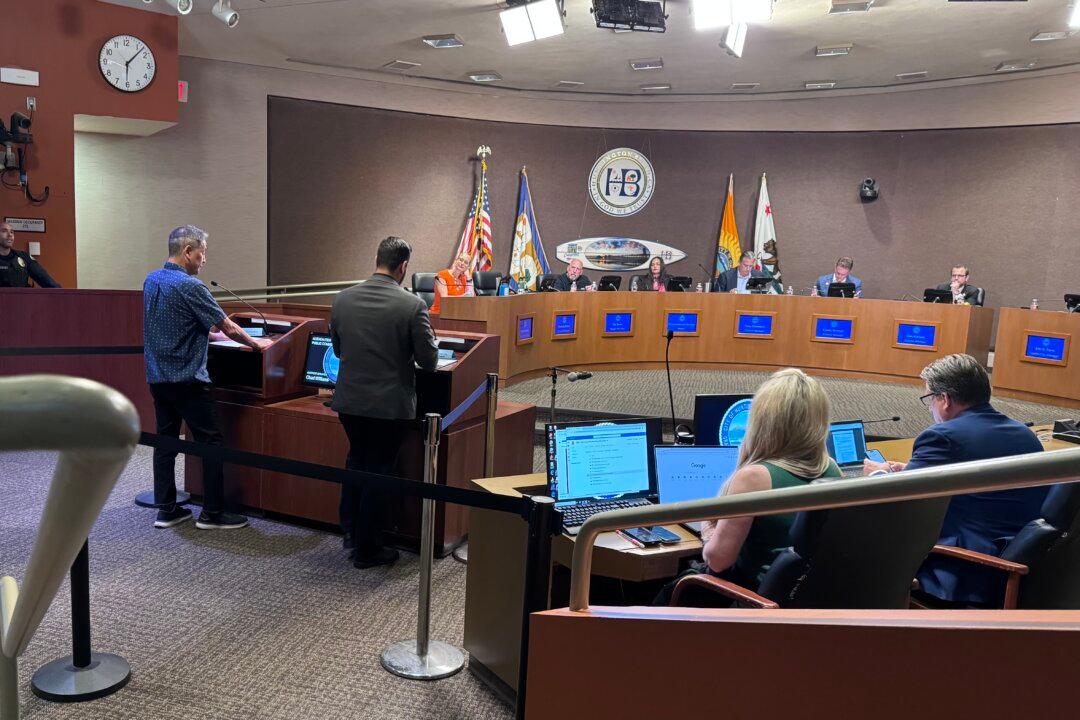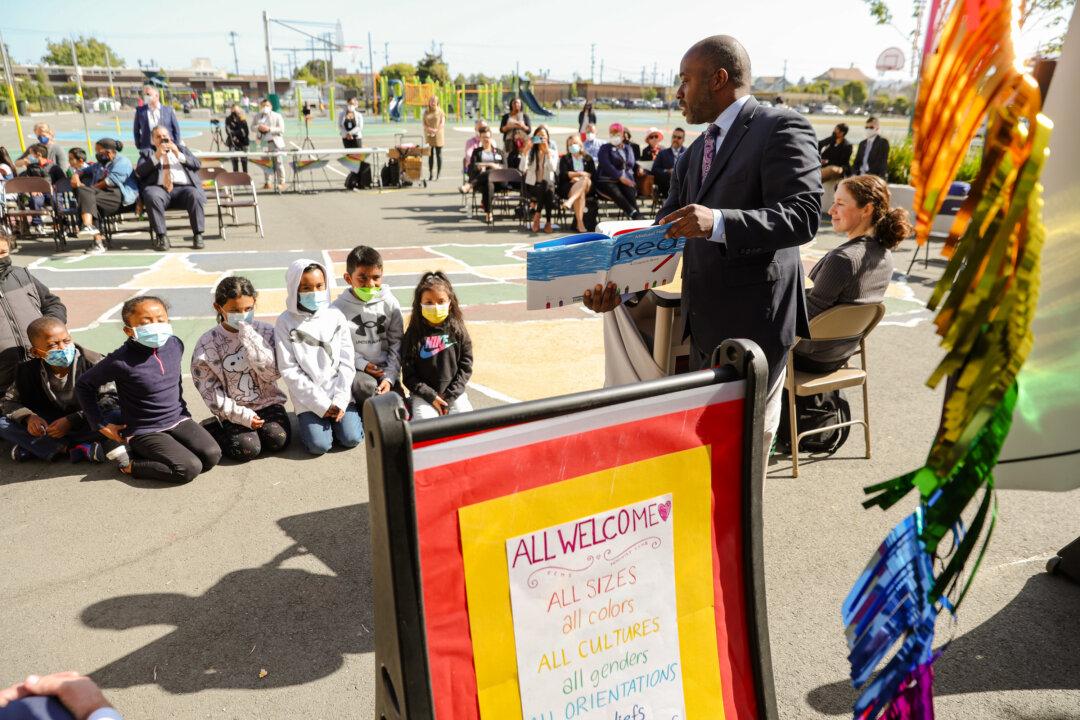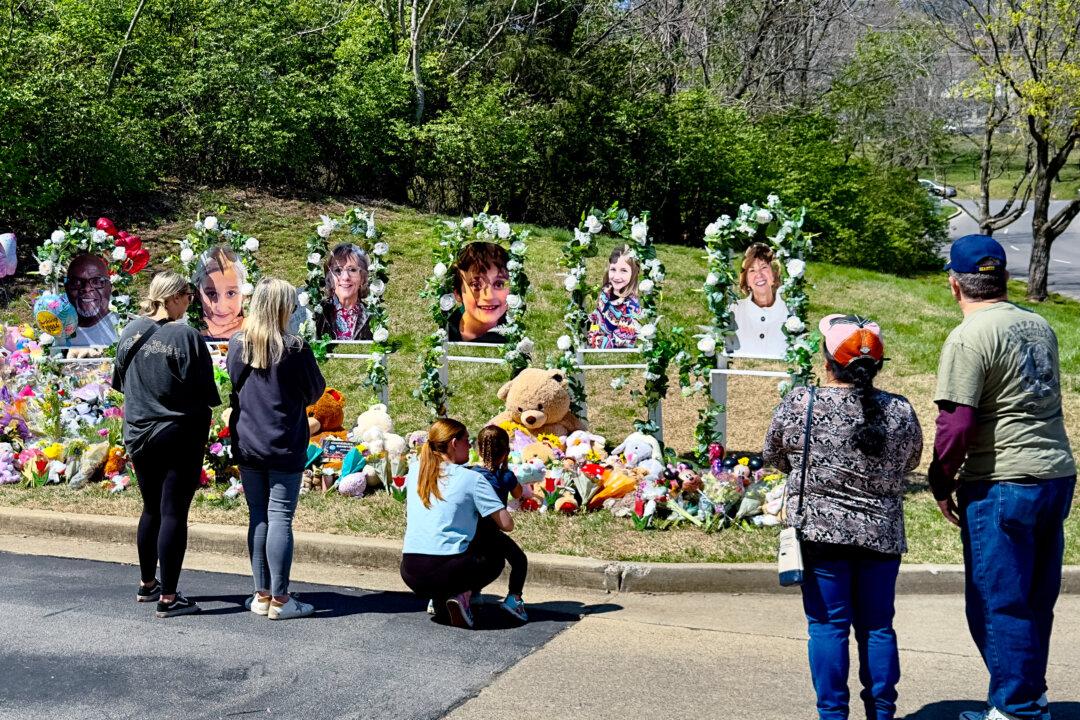The city’s Parks and Recreation Department and the LAPD attempted to close Echo Park in March to conduct repairs to the park as part of a $500,000 rehabilitation effort spearheaded by Los Angeles Councilman Mitch O'Farrell.
According to the report, the only closure-related crimes “were crimes against officers and Department property, committed by protestors,” including vandalism and assault with a deadly weapon.
Among those arrested or detained were several local journalists; some other media members were injured or shot by the LAPD’s projectiles. Local journalism organizations, including the Media Guild of the West and the Society of Professional Journalists Los Angeles, criticized the report as incomplete without interviews from journalists who interacted with officers.
“Without it, the report’s discussion of police-press interactions is a rough draft, not a reliable accounting,” Adam Rose, chair of the Press Rights Committee for the LA Press Club, said during the commission.
Rose told The Epoch Times that the constitution “doesn’t discriminate against journalists who happen to be independent, freelance, stringer, student, or any other category.”
“When they’re trying to do their job, they all have the same rights,” Rose said. “Instead of protecting some special ‘class’ of journalists, let’s focus on protecting the special ’act' of journalism.”
Homeless Encampments in Echo Park
The northwest corner of Echo Park saw “continuous and unprecedented” habitation by a group of homeless people over the past year and a half. The group became “increasingly aggressive” toward the park’s maintenance staff, according to the after-action report.Neighbors reported an increase in crime, drug abuse, violence, and rape as a result of the encampments. Since the closure of the park, LAPD figures show a significant decrease in crime.
The report said that fair-housing advocates and social justice organizations became increasingly critical of the city’s attempts to clear the homeless encampments and began regularly organizing protests in opposition.
“The presence and influence of these activists, who are often confrontational and resistant to any intervention from Park Rangers and other law enforcement, made it increasingly difficult for the City to adequately address basic health and safety concerns,” the report reads.
“Recreation and Parks (RAP) leadership determined that any attempt to close the park would be framed as displacement in support of the activist’s narratives, justifying further resistance and attempts to repopulate the park during the rehabilitation process,” the report states. “Therefore, RAP decided that the entire park would have to be fenced off.”
Police Report Notes Interaction With Press
In addition to the history of encampments in the park, the report includes a section on journalists and legal representatives present during the protest.It said that despite having a designated media area in the park, three individuals were arrested, but released after identifying themselves as press. The report called the system that was utilized “ultimately successful” because “of the fact that the three legitimate media representatives were identified and released without being booked.”
Captain Stacy Spell of the LAPD told The Epoch Times that the LAPD continues to “strive to find ways to more quickly identify legitimate members of the media and protect their right to cover these types of events,” and that there have been individuals who “have encouraged violence and participated in unlawful actions” while claiming to be media.
The report noted that the LAPD conducted an evaluation of the events that led up to the detention of media members and that a sergeant who dealt with Los Angeles Times reporter James Queally is being investigated separately as part of a personnel complaint.
According to the report, Queally told an officer that he heard the dispersal order but said that a protest is a “fluid situation,” and that he couldn’t stay in the designated media area. Queally also reportedly didn’t identify himself as a member of the press until he was detained.
According to California Penal Code Sections 407 and 409, media are not exempt from having to disperse after an unlawful assembly has been announced. The report said that several orders were given to members of the media to move into a designated area located north of the park.
Christian Monterrosa, a freelance journalist who was injured during the protest, declined to comment for this article. Kate Cagle of Spectrum News 1 declined to comment for this article, and James Queally of the Los Angeles Times didn’t respond to a request for comment by press deadline.
The commission’s report will be sent to Mayor Eric Garcetti and the city council for review.





